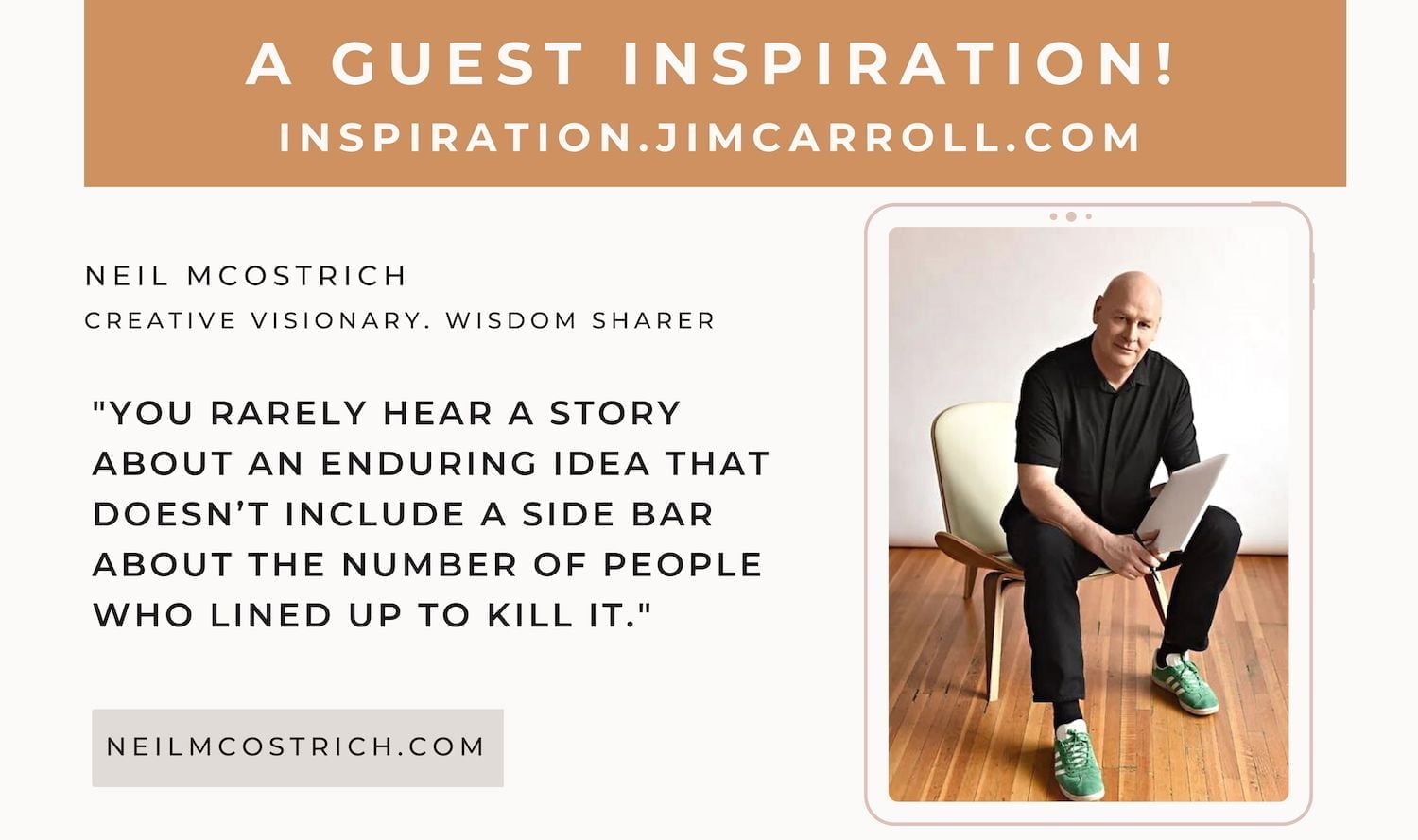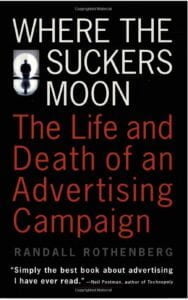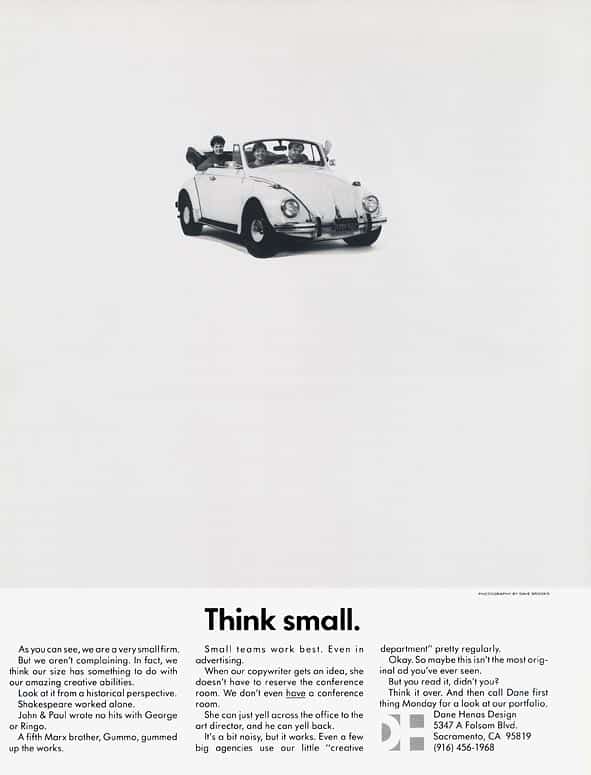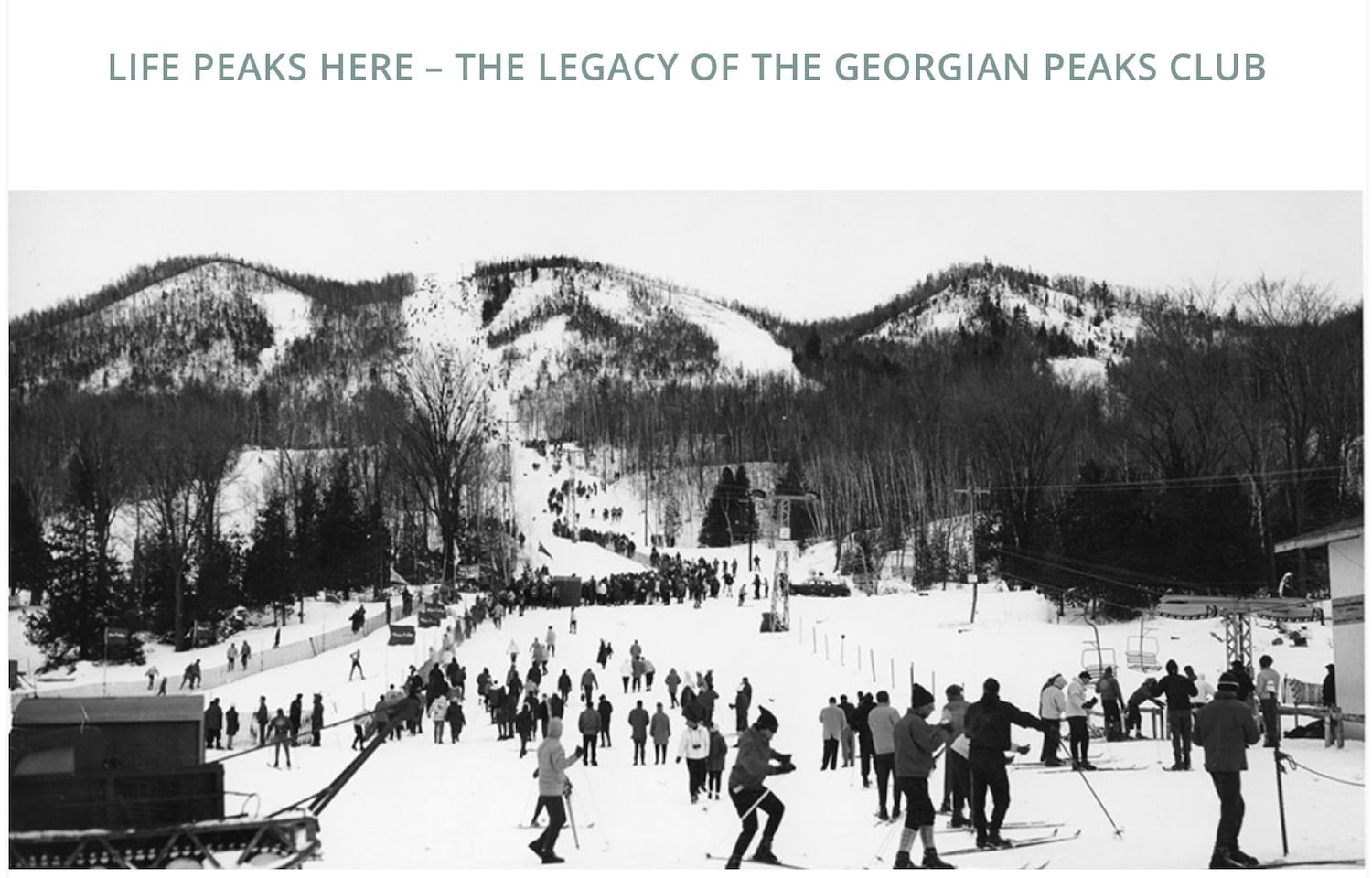“You rarely hear a story about an enduring idea that doesn’t include a sidebar about the number of people who lined up to kill it.” – Neil McOstrich

For the first time, a guest inspiration! And I found this such an inspiring post to write, I think I will do it again!
Let me introduce you to my good friend Neil. To start out, I dare you to watch this video and not emotionally lose it.
That’s the power of storytelling, and Neil McOstrich is the creative mind behind the ad. He is one of the most brilliantly creative people that I know.
For over 25 years, Neil has been the creative leader behind many of Canada’s most famous, enduring and successful brand campaigns. His creative contributions have run the gamut from contributing to the legend of The Caramilk Secret, to launching multi-billion dollar upstarts like Wind Mobile, to charitable campaigns that have led to record giving and, most recently, the widely acclaimed We All Play for Canada campaign for Canadian Tire.As different as the clients behind the campaigns appear, the secret behind Neil’s success is always the same: humanity and a soft storytelling touch which has seen Neil’s creative leadership awarded Agency of the Year honours five times for business building results.
I know Neil through my ski club, a small little ski hill on the shores of Georgian Bay north of Toronto, Canada known as Georgian Peaks. We’re small but mighty, having turned our numerous Olympians and World Cup racers over the years. Look up Jack Crawford – he won bronze downhill at the 2022 Winter Olympics and this year, numerous podiums on the World Cup circuit. Brian Stemmle, Todd Brooker, Larisa Yurkiw, Erin Mielzynski, Ali Nullmeyer, Liisa Savijarvi … look them up. They’re all from our club.
I first met Neil when I found myself on the Membership Committee of our club back in 2008 – the global recession was kicking in, and there were concerns as to whether our club could keep its momentum and growth going. We were tasked with coming up with ideas of how to do this; I was pushing newly emerging social media channels as a key vehicle for growth, while Neil and others from the advertising and branding community were eager to challenge our 50-year-old brand image.
To that end, Neil came up with the brilliant slogan one day while hiking up the hill after a full day of skiing. It essentially captures the essence of the happiness that so many of us find while spending our winter weekends there – when he first shared it, we all knew that this was it.
Life Peaks Here.
Simple. Concise. To the point.
Brilliant.
Since that day, the slogan has endured; it has become the affirming expression of the unique life proposition of our club. It captures the essence of the joy that we find there during our winter. It is a phrase of beauty. If you want to read a little bit more about our club, read this article over at Escarpment Magazine.
Back to the origin of this first ‘guest post.’ I didn’t start out with that in mind. I originally saw Neil make this comment on a LinkedIn post, and it immediately grabbed my attention – I wrote it down, knowing that I would use it somehow in the future. I can’t remember the context of the original Linked post, but the comment endured.
Originally, I was going to twist and turn the quote into something a little bit different – so I reached out to Neil to ask if I might use it with a bit of a spin and attribution.
You made this comment one day on LinkedIn. I saw it and copied it:
“You rarely hear a story about an enduring idea that doesn’t include a side bar about the number of people who lined up to kill it.”
I want to use it in my quote tomorrow with a spin on it:
“You rarely come across a successful product launch that doesn’t include a side bar about the number of people who lined up to kill it.”
I attribute back to you in the opening sentence.
Neil got back to me with a simple one-word answer:
Yes of course
I wrote back to him:
This wouldn’t be considered blatant creative theft?
He didn’t get back to me, and in the twenty-four hours that followed, I decided that it would be theft. I would imagine that Neil was being respectful to me, but secretly was thinking: “What a dick!” Since I like to pride myself on my honesty and rigor, I decided it was important to give Neil credit for yet another brilliant idea. After all, he is an idea guy – and idea people always see their creative ideas stolen, shared, and repurposed, often without credit. I’m not that type of person.
And so, here is my first guest post! I like the idea, and will probably do more of this off and on – we’ll see where it goes.
 When I saw Neil make this comment about people lining up to kill great ideas, my mind immediately went to the book Where the Suckers Moon: The Life and Death of an Advertising Campaign. If you have a creative mind or work in the marketing, advertising, or branding community, and don’t know of this book – grab it! From the Amazon summary:
When I saw Neil make this comment about people lining up to kill great ideas, my mind immediately went to the book Where the Suckers Moon: The Life and Death of an Advertising Campaign. If you have a creative mind or work in the marketing, advertising, or branding community, and don’t know of this book – grab it! From the Amazon summary:
“For all the right reasons.” “Cars that can.” “What to Drive.” “The perfect Car for an Imperfect World.” Only one of these slogans would be chosen by Subaru of America to sell its cars in the recession year of 1991.
As six advertising agencies scrambled for the account and the winner tried to churn out the Big Idea that would install Subaru in the collective national unconscious, Randall Rothenberg was there, observing every nuance of the chaos, comedy, creativity, and egotism that made up an ad campaign.
One can read Rothenberg’s book as the behind-the-scenes chronicle of the brief and very troubled marriage between a beleaguered automobile company and Wieden & Kennedy, an aggressively hip ad agency whose creative director despised cars. One can read it as a history of advertising’s journey from the conventionally upbeat slogan “Helps Build Strong Bodies 12 Ways” to the supercool nineties minimalism of “Bo Knows.” Either way, Where the Suckers Moon is a face-paced, insightful, and occasionally appalling look at an industry whose obsession with image has affected our entireculture.
Neil and I are of a similar age, and we think very much alike. The most interesting thing about Neil at this time is that it is very easy to get him to wound up about the enduring reality that great creativity seems to be dying. If you want to get him going, simply talk about analytics and advertising, the use of AI for the creative generation, or the next generation who always seems to seek an easy way of finding a great creative idea. creative doesn’t work like that.
To Neil – and I fully concur with this – great creative is simply great creative. It is something that comes from deep thinking, obsessing over the story, and finding the hook. it comes from capturing that moment of brilliance that captures the essence of the stories that need to be told. We’ll never do this with AI; the algorithm will never accomplish this; an easy path will not find it. Watch this video to get a sense of Neils’s work and a creative mind in action.
To me, Neil is the Bill Bernbach of our time, whom some refer to as “The Original Don Draper” of Mad Men fame. Bill was the fellow behind the original VW campaign and is probably the most brilliant advertising mind of our time.

That’s Neil. That’s the power of great creativity. That’s the power of great insight. That’s the power of storytelling.
And that’s the power of cutting through reality to find the core reason why so many great ideas can die – because there are people just waiting around to kill it.
Closing comment? Neils’ company is called Cleansheet.
In case you’re curious, his company’s name was inspired by the one thing common to his every success, past, present and future – a clean sheet; and with it, the potential for the unprecedented idea.
Thanks for the great insight, Neil! If you do anything today, watch out for those who are trying to kill your great idea – and keep chasing those new ideas!





GET IN TOUCH
Jim's Facebook page
You'll find Jim's latest videos on Youtube
Mastodon. What's on Jim's mind? Check his feed!
LinkedIn - reach out to Jim for a professional connection!
Flickr! Get inspired! A massive archive of all of Jim's daily inspirational quotes!
Instagram - the home for Jim's motivational mind!